How 'The Crown' Actors Learned to Walk and Talk Like the Royal Family
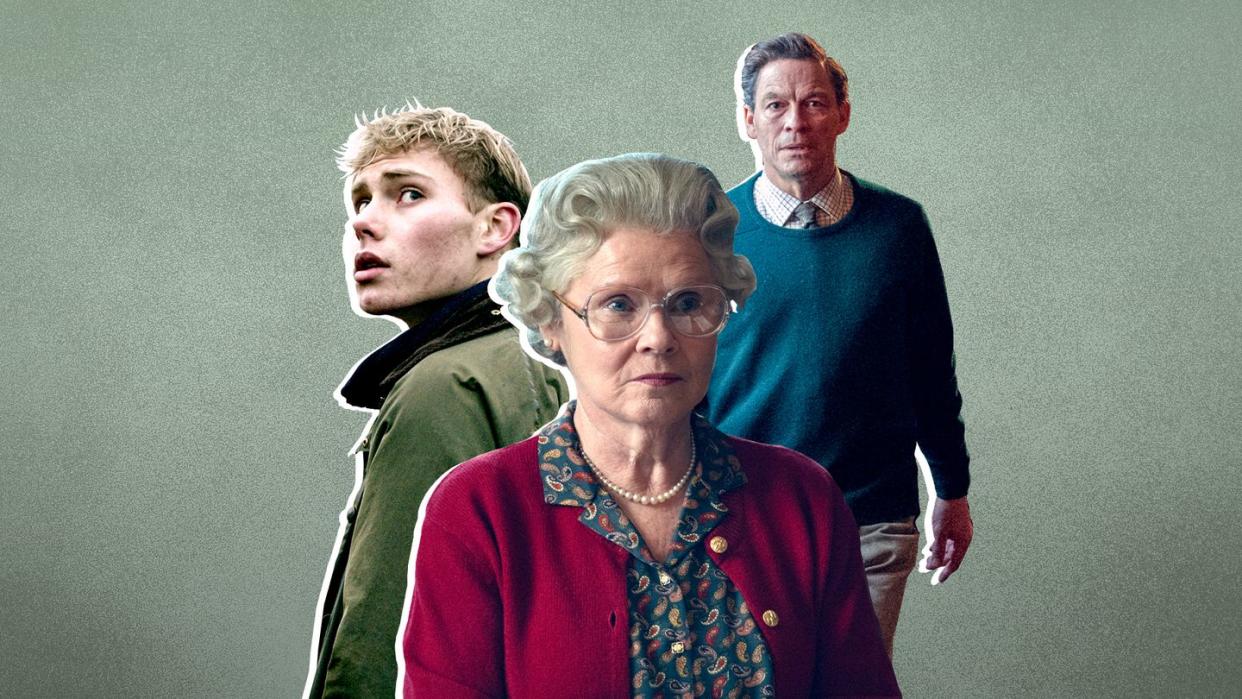
- Oops!Something went wrong.Please try again later.
- Oops!Something went wrong.Please try again later.
- Oops!Something went wrong.Please try again later.
- Oops!Something went wrong.Please try again later.
- Oops!Something went wrong.Please try again later.
- Oops!Something went wrong.Please try again later.
- Oops!Something went wrong.Please try again later.
- Oops!Something went wrong.Please try again later.
- Oops!Something went wrong.Please try again later.
"When you're playing a real person, you never want to be ghoulish," Claire Foy said. "I don’t want to pick apart a person. I want to invent someone. So I would hate for her to watch it and think I overdramatized anything."
Foy, speaking to Town & Country five years ago, was grappling with what it meant to take on the role of Queen Elizabeth, with the thought that the Queen herself could see the portrayal. Many seasons of The Crown later—and with a few members of the British royal family, including Queen Camilla and Prince Harry admitting they've watched—how the three different casts of actors have brought the royals to life for the Netflix drama has been a subject of ongoing fascination. (The show was recast after season two, and again after season four.)
While much attention (and rightly so) has focused on Foy, Olivia Colman, and Imelda Staunton's portrayals of Queen Elizabeth, every actor that comprises the cast of The Crown have had to walk the tricky line of bringing a real person—an often very well-known real person, be it Princess Diana or Prince Philip—to life without falling into impersonation, or, as Foy said, being "ghoulish."
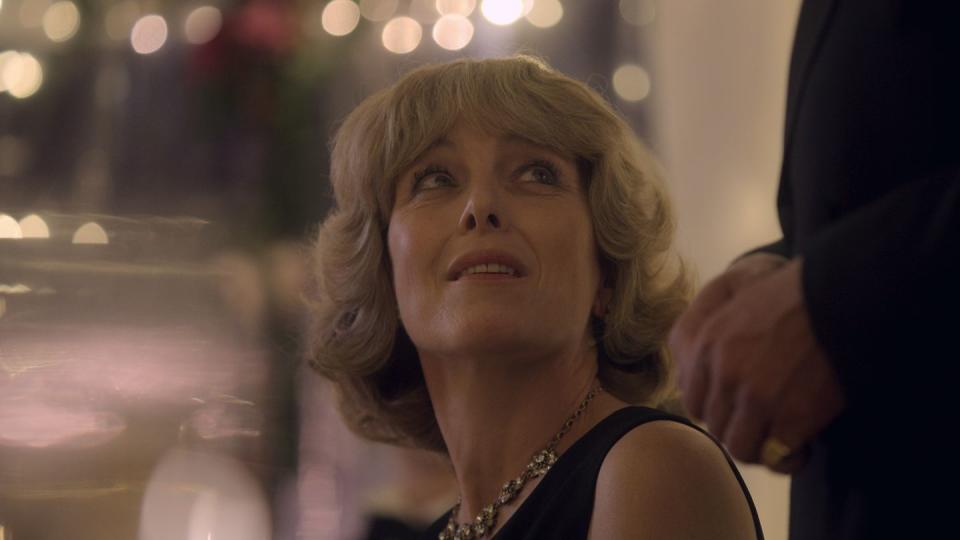
"One's duty to the audience is not necessarily to impersonate the person, but not to be so far from them that it's distracting," Olivia Williams, who plays Camilla Parker Bowles (now Queen Camilla), told Town & Country last year. "You want to recall the person, but in everything beyond that moment of recognition, my duty is to Peter Morgan and the script." When Tobias Menzies took over the role of Prince Philip, he said he fixated on the Duke's "physicality and vocal quality," calling them "a massive part of the role" because "they’re so visible. Everyone thinks they know what they sound like and how they move."
But what do royals sound like? How do royals move? Foy, Williams, Menzies, and the Crown actors over the years have expertly learned how to become royal, recalling the real-life Windsors with such aplomb. In the final two seasons, the cast worked with Polly Bennett, a movement coach, and William Conacher, the show's supervising dialect coach, on becoming their characters.
Here, Town & Country presents a step-by-step guide to how the actors of The Crown became the British royal family:
Step one: Get existential. What does being royal even mean?
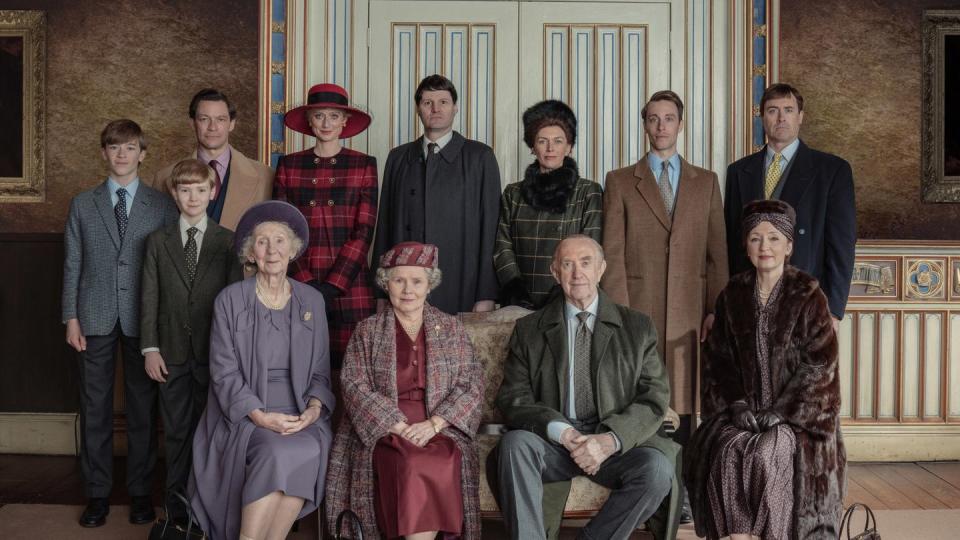
First, Bennett tells Town & Country, the actors need to first think about what "royalty" even means. "We have to unpack what being royal is," she says. "We use the adjective and we go, 'be a bit more royal!' But you might take that completely different than how I take that. So, my job is to try and unpick what it means. It's not only being royal, in a generic sense, it's being people that already exist."
For Imelda Staunton, playing the Queen meant thinking of the weight of her responsibilities—that was what royalty was. "I felt like everyone, her whole life, was sitting on her shoulders," she said. "I think that's what people feel when they met her; that you're looking at history. The monarch is a thing, royalty is a thing, and to remain as dignified as she was, was an extraordinary feat."
Step two: What does being royal sound like?
For Conacher, there's no one particular way to sound royal, or to speak like a member of the House of Windsor. "They don't all do the same thing," he tells T&C. "But, one of the things across the board is if you just try and speak without moving your mouth very much at all, not in a tense way. If you just don't let much distance between your lips, and you don't really do anything to express yourself with your mouth and just keep still, it will affect the way you sound."
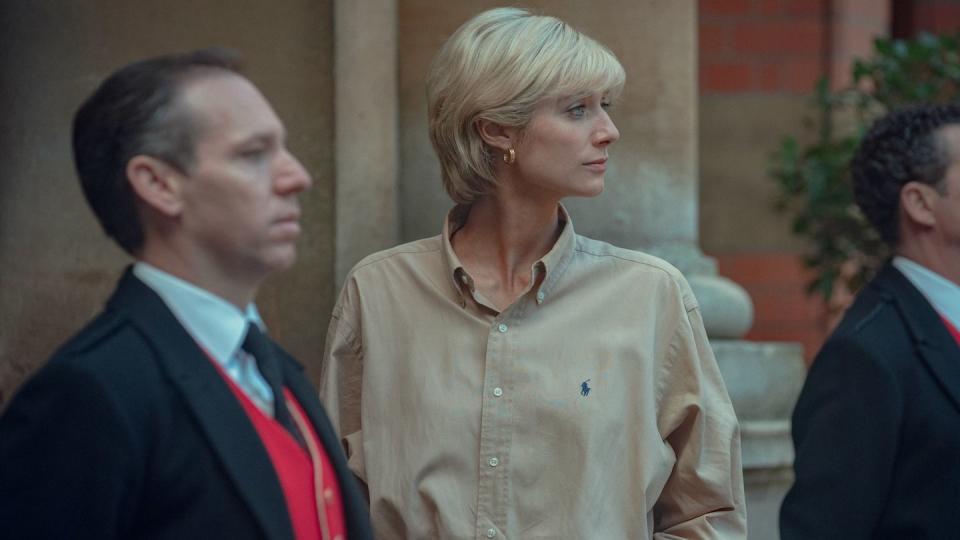
Then, there are small things that distinguish each of the royals—Charles, for example, speaks out of the corner of his mouth, whereas Diana "opened her mouth quite a lot." When Emma Corrin took on the role of Princess Diana in season four, she worked with her mom, a speech therapist, to analyze Di's speech patterns. "No matter what Diana is saying, it kind of goes down at the end," Corrin explained to T&C. "It’s like a sadness."
Conacher begins with the recordings of the real person when they were at the age that they're being depicted in the story. "It isn't just listening and copying," he says. "It's about identifying what they do. What physical things do they do? Often, I'll get [the actors] to watch things with no volume. So you're just watching what the face does, because I think that frees the actor up to let it still be their voice, but through the prism of another shape. That's often enough to make the voice recognizable."
He adds, "I don't think anybody's ever done an impression. Nobody's really driven to sound exactly like the other person. It's about finding the essence—what I call the dance, the dance of the mouth, the oral posture." For that oral posture, some actors have shared that they figured out "trigger phrases" to get into their character. For Dominic West, who plays Prince Charles, his was based on an interview Charles gave in Australia where he said, "I just do it for jolly old Britain," so, he said, before every scene, he'd go "Jolly old Britain."
Step three: How does a royal move?
To move like a royal, Bennett encourages the actors to think about the history of their character's body. "If Princess Diana did ballet when she was a child, how is that still evident in her body? If Prince Charles enjoys shooting and theater, how is that still evident in his body, even though he's not doing those things? It will all be concocted somewhere in how he operates in the world," she says. "I tie together what we see with what we can imagine. Then you put that together—and that's where you get really exciting moments, where they create their own version of that character, which takes them away from parody and impersonation, but invites them to be their own version of them."
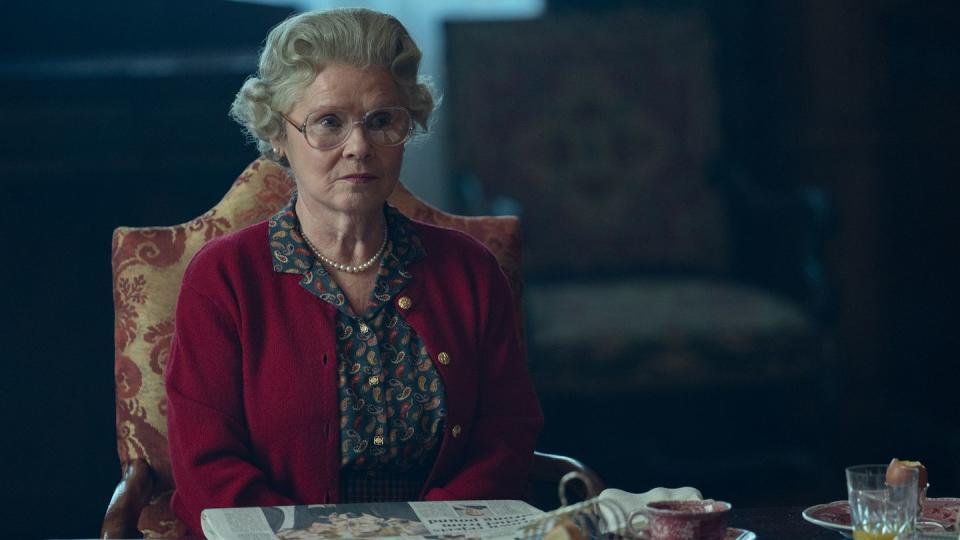
She used previous seasons as reference points; in the final seasons, for example, Queen Elizabeth (now Staunton) is wearing glasses. "You're actually looking at all of the history, and how it might live in their body, but also looking at how the costumes change, how the hairstyles change," Bennett explains. "I mean, huge thing for Imelda is that the queen started wearing big glasses. That changes how you deal with the world."
Staunton loved working with Bennett, telling Netflix, "She just gave me a couple of things which are mine, and mine only, to keep; not to be shared and it just made me walk, feel, sit, completely differently. Oh, my God, that was so exciting."
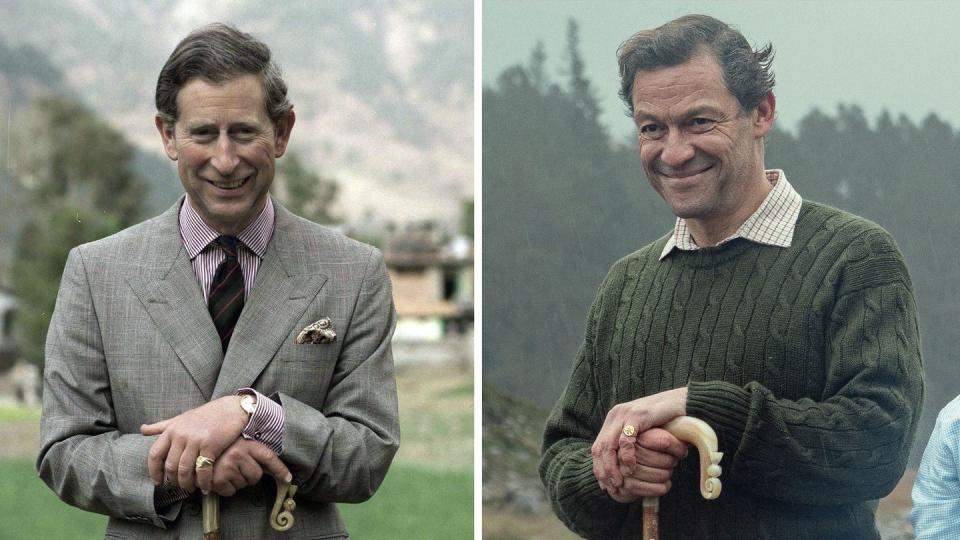
West figured out his way into Charles through physical similarities. "I have quite short legs and quite a big head and I’ve got a bit of a stoop, like him," he told T&C ahead of season five. Charles's body language, West noted, was one of man who kept himself contained, and fidgeted with his fingers. "He’s got these big sausage fingers, and he’s always fiddling with them," the actor says, adding that he always felt into character when he put on Charles's signature gold signet ring.
Matt Smith, who took on Prince Philip in seasons one and two, chose a physical trait that he kept repeating, he told the BBC. "For him, he would always walk with his hands behind his back so I would always walk with my hands behind my back."
Step four: How actors manage big, emotional moments that are engrained in the public consciousness?
As the show inches closer to modern day (though the final season will end in 2005), audiences have a more clearly defined perception of the royals—though the young actors portraying the princes have no memory of the events that they are acting, and no reference point on what it's like to move through the world without internet, Bennett says.
The first four episodes of the final season deal with the events surrounding Princess Diana's death—including her funeral, where Prince William and Prince Harry walked behind her casket. For Bennett, this was a key scene she worked on with Rufus Kampa and Fflyn Edwards, the actors who portray William and Harry in part one, respectively.
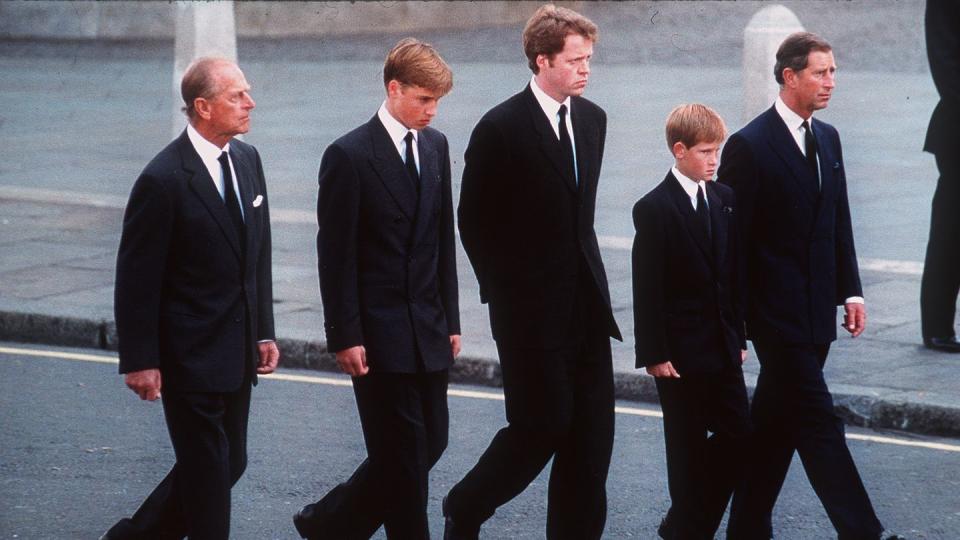
"When we eventually see the funeral, it's not asking them to be really sad because your mother has died, it's trying to safely invite them to think something that changes their body," she says. "It's really helpful that they've got quite big suits on, as William and Harry did have, they've got all the older actors to learn from. I said, learn from them, watch them. That's basically what Harry and William are doing."
When Bennett herself watched the footage of Princess Diana's funeral, she was watching for physical clues. "What speed are they walking at? Where is their energy in their body? Have they eaten that day? Are they hungry? Have they got hair gel in? All of these things will affect how we operate in the world," she says.
Bennett encouraged Kampa and Edwards to think of themselves being painted a different color as they walked. She explains, "The idea of being purple and walking behind the casket: How embarrassing it would be to be purple? That changes your body rather than you having to think really sad things about your personal life. You ask actors any age to focus on something that isn't their brain, that's when really magical stuff happens."
Step five: Put it all together
The actors who portray the members of the House of Windsor on The Crown aren't the first to take on the royal family, and they certainly won't be the last. Yet, due to the global reach of Netflix, they may perhaps be the most impactful.
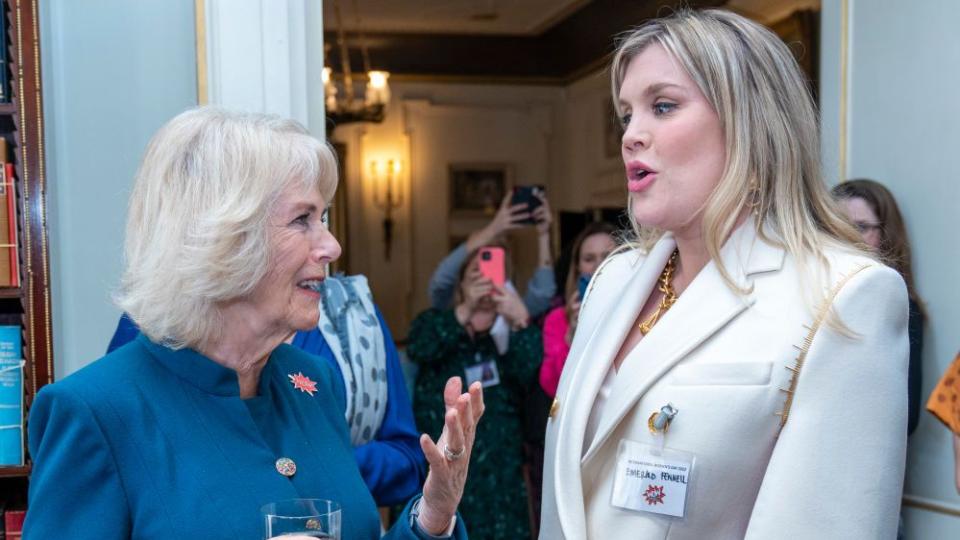
Last year, Camilla, then the Duchess of Cornwall, hosted an event at Clarence House. In attendance was actress, writer, and director Emerald Fennell, who notably portrayed Camilla on season four. During her remarks, Camilla (the real Camilla) joked, "It’s very reassuring to know that if I should fall off my perch at any moment, my fictional alter-ego is here to take over. So Emerald, be prepared!"
Yet, not everyone in the family is as fond of their fictional counterparts. "I'm nowhere near how they portray me on Netflix," King Charles, who has never officially commented on the series, reportedly told Scottish politicians in 2021. And, as the Crown inches towards present day—especially in part two, which drops next month—the younger generation of royals, namely Prince William, Prince Harry, and Kate Middleton, will have to grapple with their on-screen representations.
Viewers may never know the real King Charles, nor Queen Elizabeth or any other royal on the show, but what we do know: From the surface, including the movement and accents, the actors do a royally good job of capturing them.
The Crown season six, part one is now streaming on Netflix. Part two premieres on December 14, 2023. Watch now
You Might Also Like

